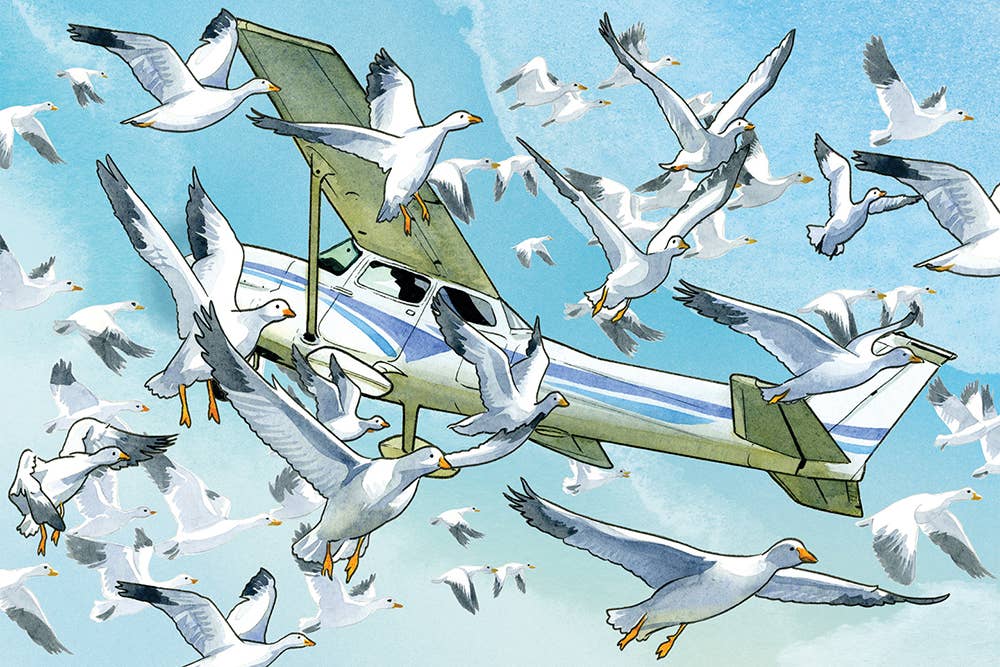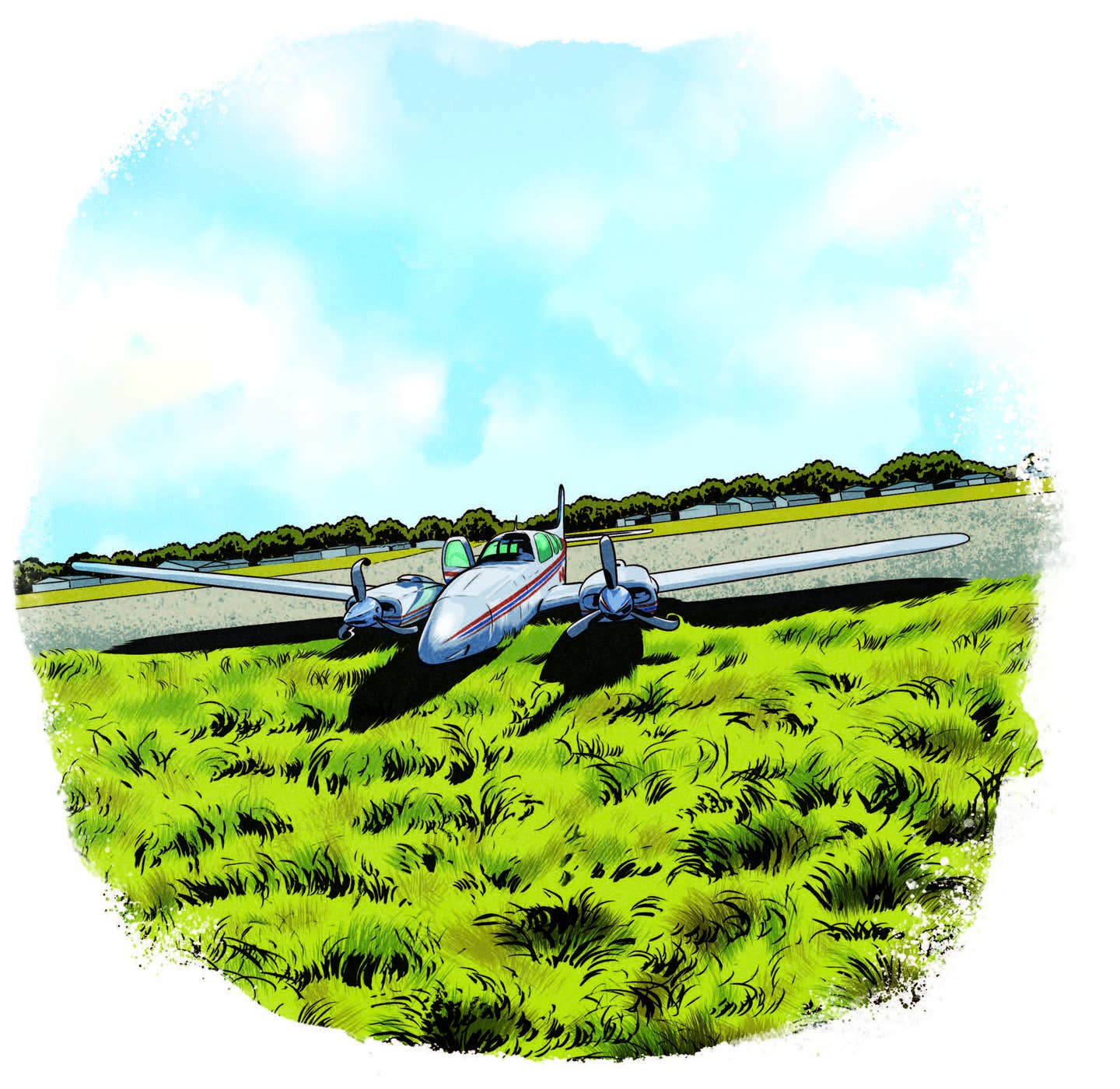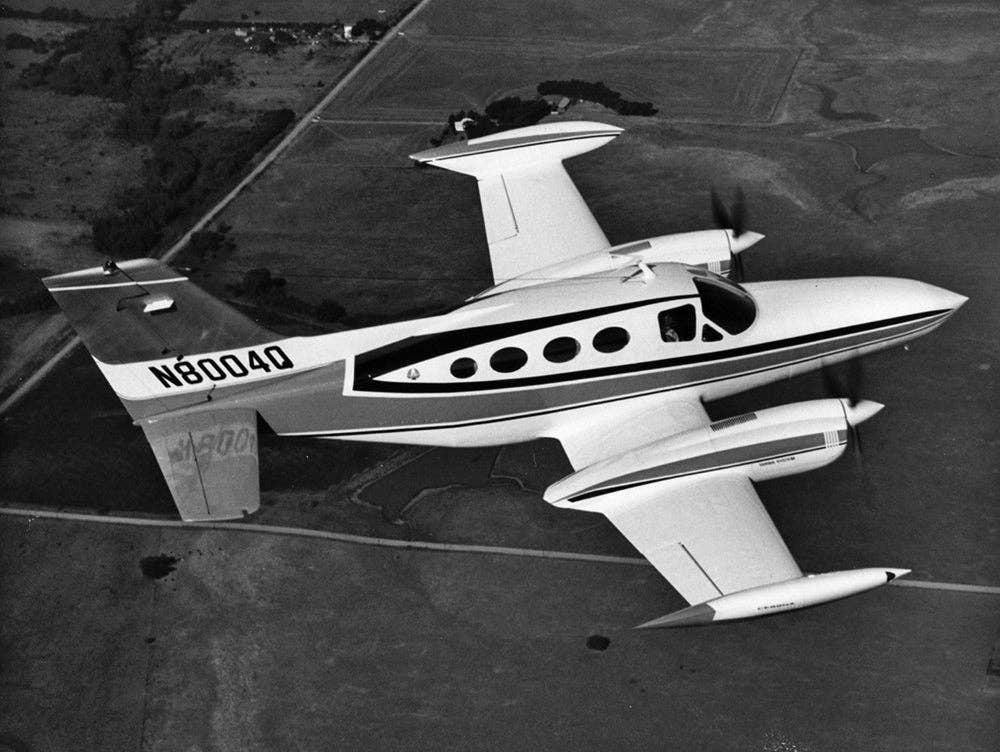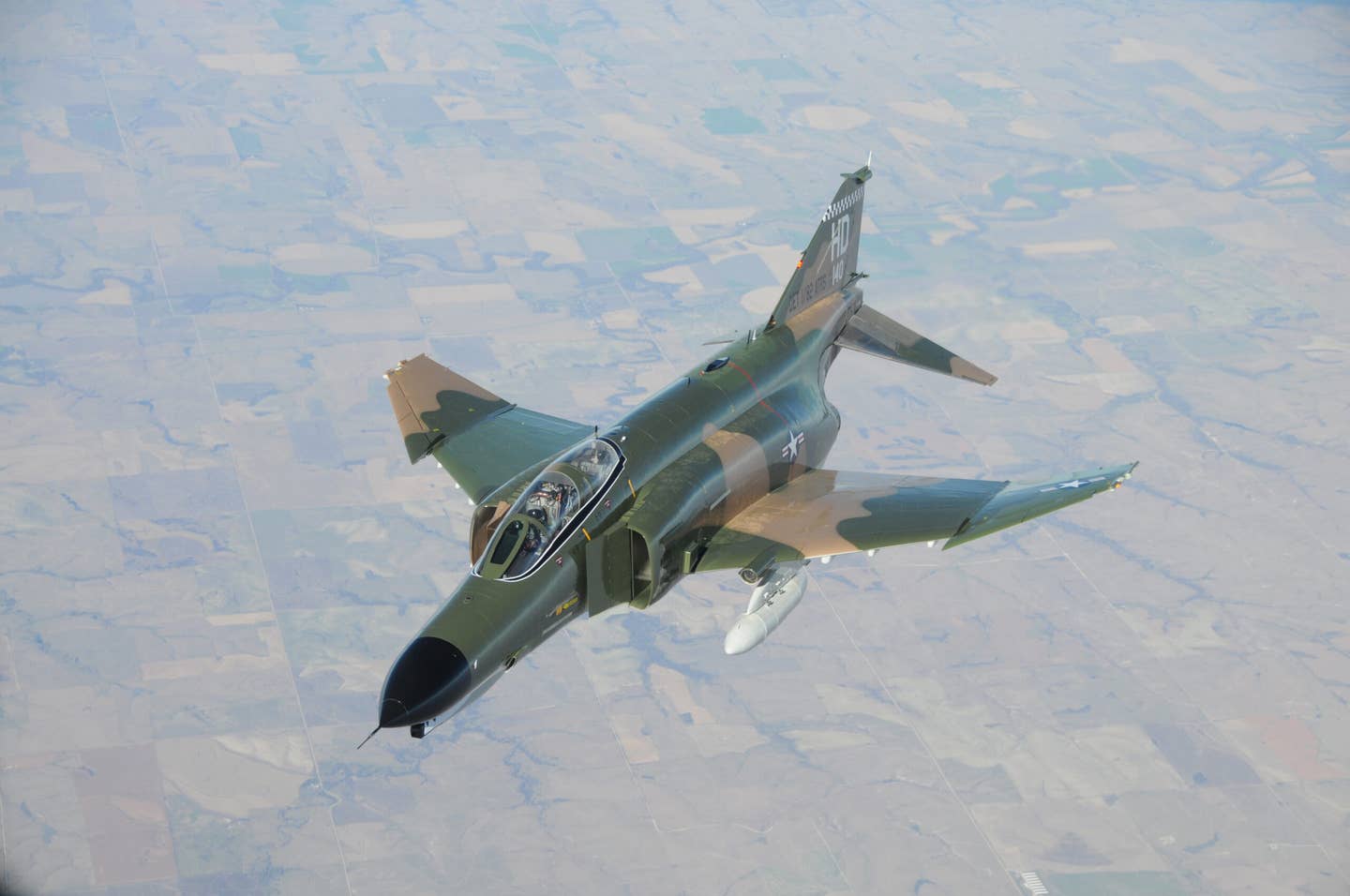A Flock of Geese Triggers Another Hazard
When hazy conditions combine with clouds of snow geese, a pilot learns the value of over communicating and ADS-B.

Most pilots don’t need an excuse to go fly on a calm, sunny Saturday morning, but on this particular day, I had a good one. The plan was for my Cessna 172 to be part of a four-airplane formation, launching from St. Louis Downtown Airport (KCPS) at about 10 a.m. to fly over a parade in St. Louis, Illinois. The event was a peace march organized by the widow of David Dorn, a retired Black St. Louis police captain killed by looters on June 2, 2020, while he was protecting a friend’s pawn shop during the unrest following the death of George Floyd.
My VFR flight started an hour earlier from Smartt Field (KSET) near St. Charles, Missouri, which is just a short 20-minute hop from the west. After landing at KCPS and meeting the other three pilots, we took off in quick succession, with permission and coordination from the tower. Shortly after takeoff, the local controller handed us over to St. Louis Tracon, which then coordinated the flyover above the parade route.
Despite the haze, everything went perfectly well, and after the flyover, each of us split off to fly back to our home airports. I decided to fly back to the north over the scenic Mississippi River, and I coordinated with the KCPS controller again until my airplane was out of his airspace near Granite City, Illinois. From there, I skirted east of the St. Louis Class B airspace by staying over the Mississippi and tuned my radio to the unicom frequency, 122.7, for KSET traffic.
As I was flying in the haze over the confluence of the mighty Mississippi and the Missouri rivers at 2,000 feet msl, I saw a small cloud moving quickly toward me. Yikes—a large flock of snow geese over the Mississippi flyway! Who would have ever expected to see them in late August? For the uneducated, snow geese do not fly in a “V” formation typical of Canada geese but instead fly in what appears to be a small white cloud. After a quick bank to the right, I was out of their way and continued on.
“As I was flying in the haze over the confluence of the mighty Mississippi and the Missouri rivers at 2,000 feet msl, I saw a small cloud moving quickly toward me. Yikes—a large flock of snow geese over the Mississippi flyway!”
Next, I transmitted on 122.7 to alert other pilots in the area of my position at 2,000 feet over Alton, Illinois, which is about 10 miles east of my home field. Seconds later, another pilot reported taking off from Runway 36 at my home airport, with the intentions of flying east. I assumed she heard me and would fly well below my westbound track. Remember the old saying about why you should never “assume” anything? This bears repeating.
Then it happened again—another large flock of snow geese suddenly appeared and another evasive maneuver was made. This distracted me so much, I forgot about the other airplane.
Within moments of banking out of the way of this second flock of snow geese, the ADS-B began yelling, “Traffic 12 o’clock, traffic 12 o’clock.” Drats, I could see nothing but the haze. Even though I had turned on the anti-collision lights, strobes and landing lights for an extra layer of protection in the reduced visibility, a Cessna 152 suddenly appeared head-on in my windshield. As I climbed to my right, the other airplane dived to the left. We were close enough that I could confirm it had the same tail number as the airplane taking off a few minutes earlier. Thankfully, the rest of the flight was uneventful.
There are plenty of lessons to be learned from this flight. First, always be vigilant when flying near a migratory-bird flyway, regardless of the season.
Second, exercise extreme caution while flying in haze.
Third, never assume other pilots hear or understand what your position is—or what your intentions are.
And finally, communicate. Initially, I was mad at the other pilot for nearly causing a catastrophe, but then remembered it was my responsibility to communicate effectively with others to make sure each of us knows where we are and where we are going.
Editor's Note: This article originally appeared in the November 2021 edition of FLYING Magazine.

Sign-up for newsletters & special offers!
Get the latest FLYING stories & special offers delivered directly to your inbox






